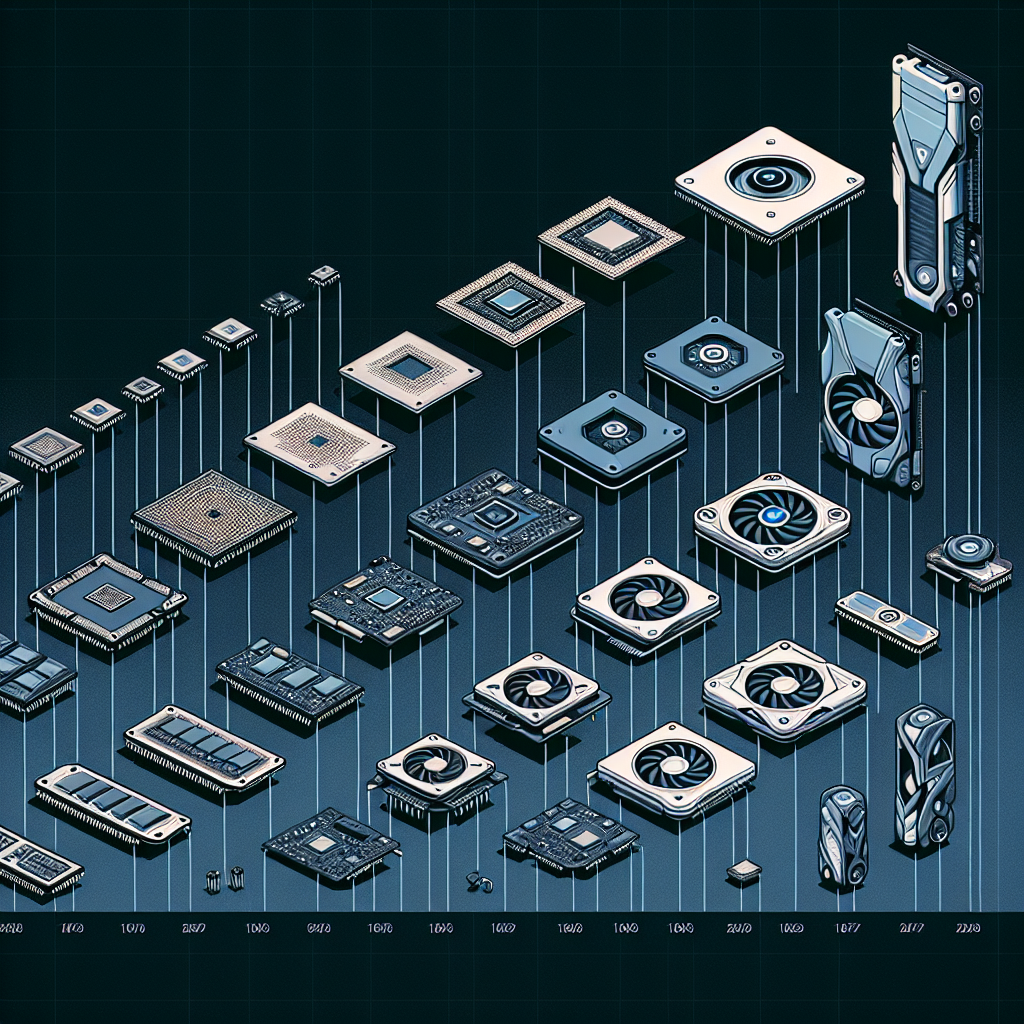The Evolution of GPUs: From Graphics to Gaming Powerhouses
Over the past few decades, the evolution of GPUs (Graphics Processing Units) has been nothing short of extraordinary. Originally designed to simply handle basic graphics rendering tasks, GPUs have since transformed into powerful gaming powerhouses that can handle complex calculations and computations with ease.
In the early days of computing, GPUs were primarily used for rendering basic graphics for computer displays. These early GPUs were often separate cards that needed to be installed in a computer’s motherboard in order to function. While they were essential for displaying graphics, their processing power was limited and they were not well-suited for handling more complex tasks.
However, as technology advanced, so too did GPUs. In the late 1990s and early 2000s, GPUs began to evolve rapidly, becoming more powerful and capable of handling more complex tasks. This evolution was driven in large part by the growing demand for high-quality graphics in video games, as well as the rise of applications that required intensive processing power, such as 3D modeling and scientific simulations.
One of the key turning points in the evolution of GPUs was the introduction of programmable shaders. Shaders are small programs that run on the GPU and are used to control the rendering of graphics in real-time. With the introduction of programmable shaders, GPUs became much more versatile and were able to handle a wider range of tasks, from rendering realistic lighting effects in games to processing complex scientific simulations.
Today, GPUs are used for a wide range of applications, from gaming and entertainment to scientific research and artificial intelligence. Modern GPUs are incredibly powerful and are capable of handling complex calculations and computations with ease. In fact, GPUs are now so powerful that they are often used in high-performance computing clusters and supercomputers to accelerate scientific research and data analysis.
The evolution of GPUs from basic graphics rendering devices to powerful gaming powerhouses has been truly remarkable. As technology continues to advance, it will be exciting to see how GPUs continue to evolve and push the boundaries of what is possible in computing and graphics rendering.


